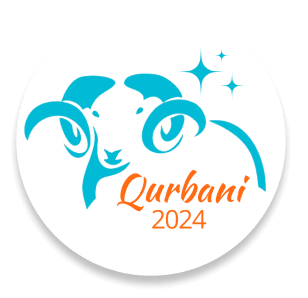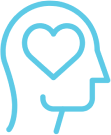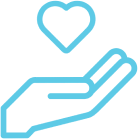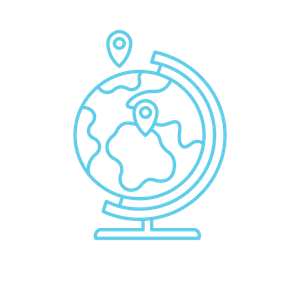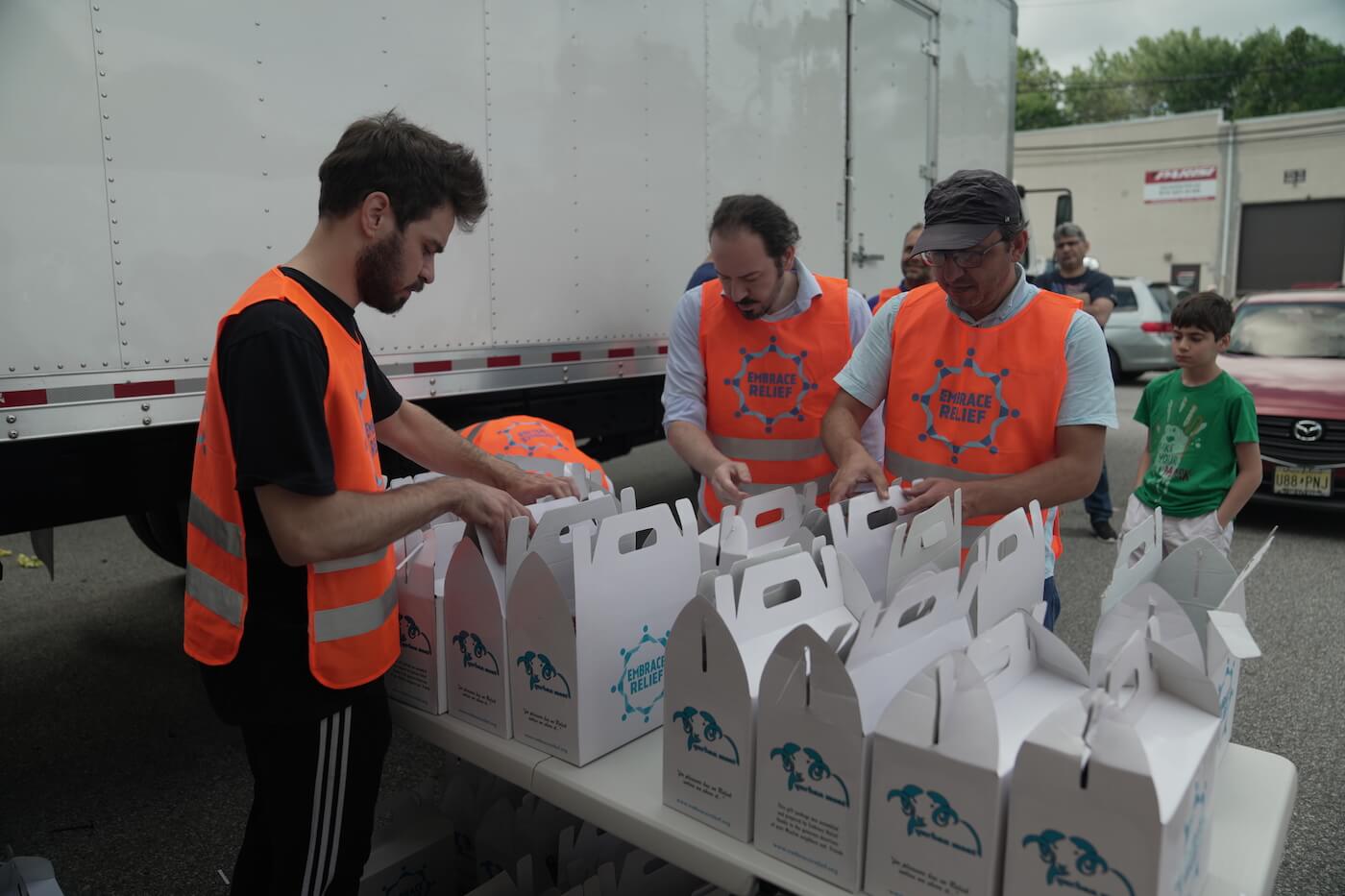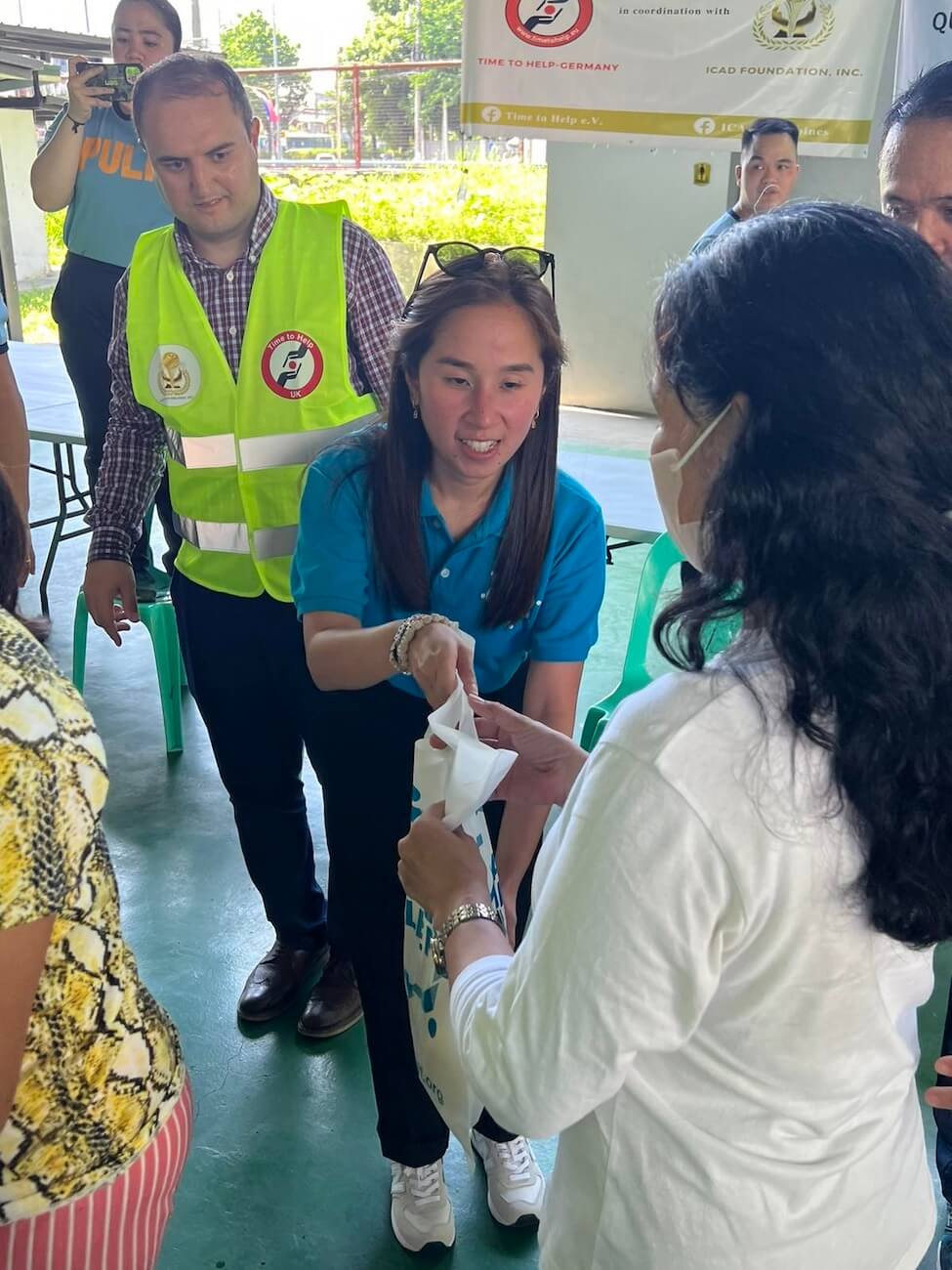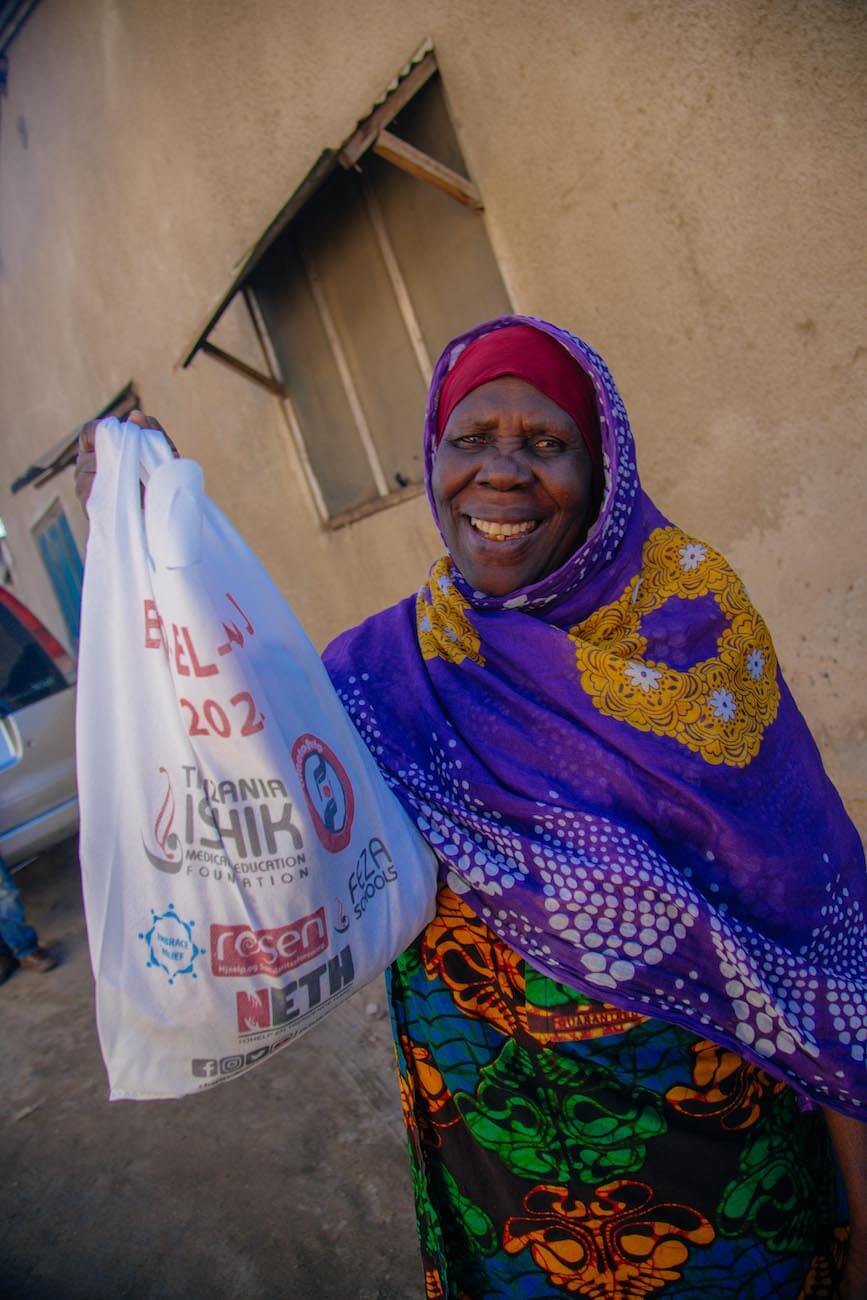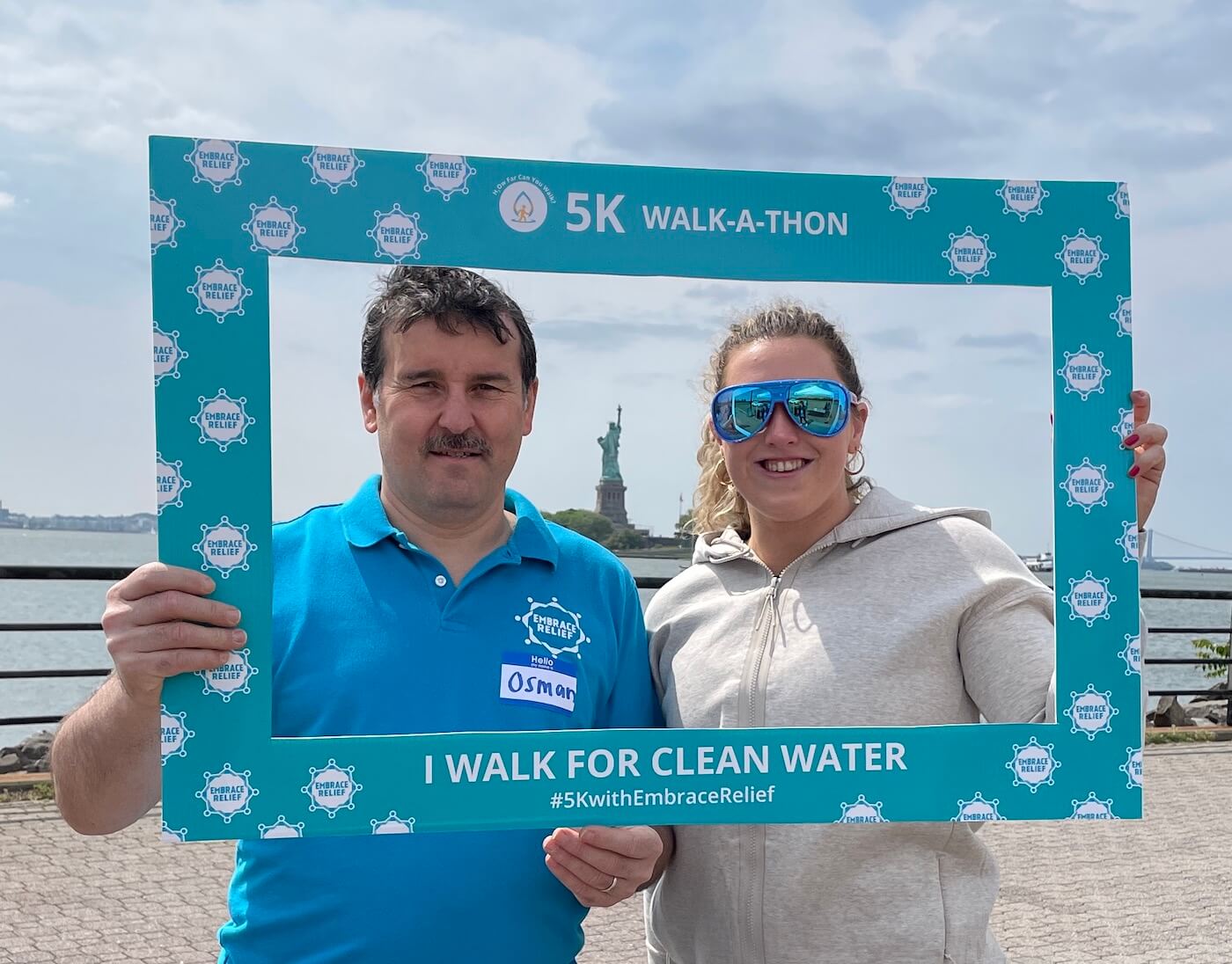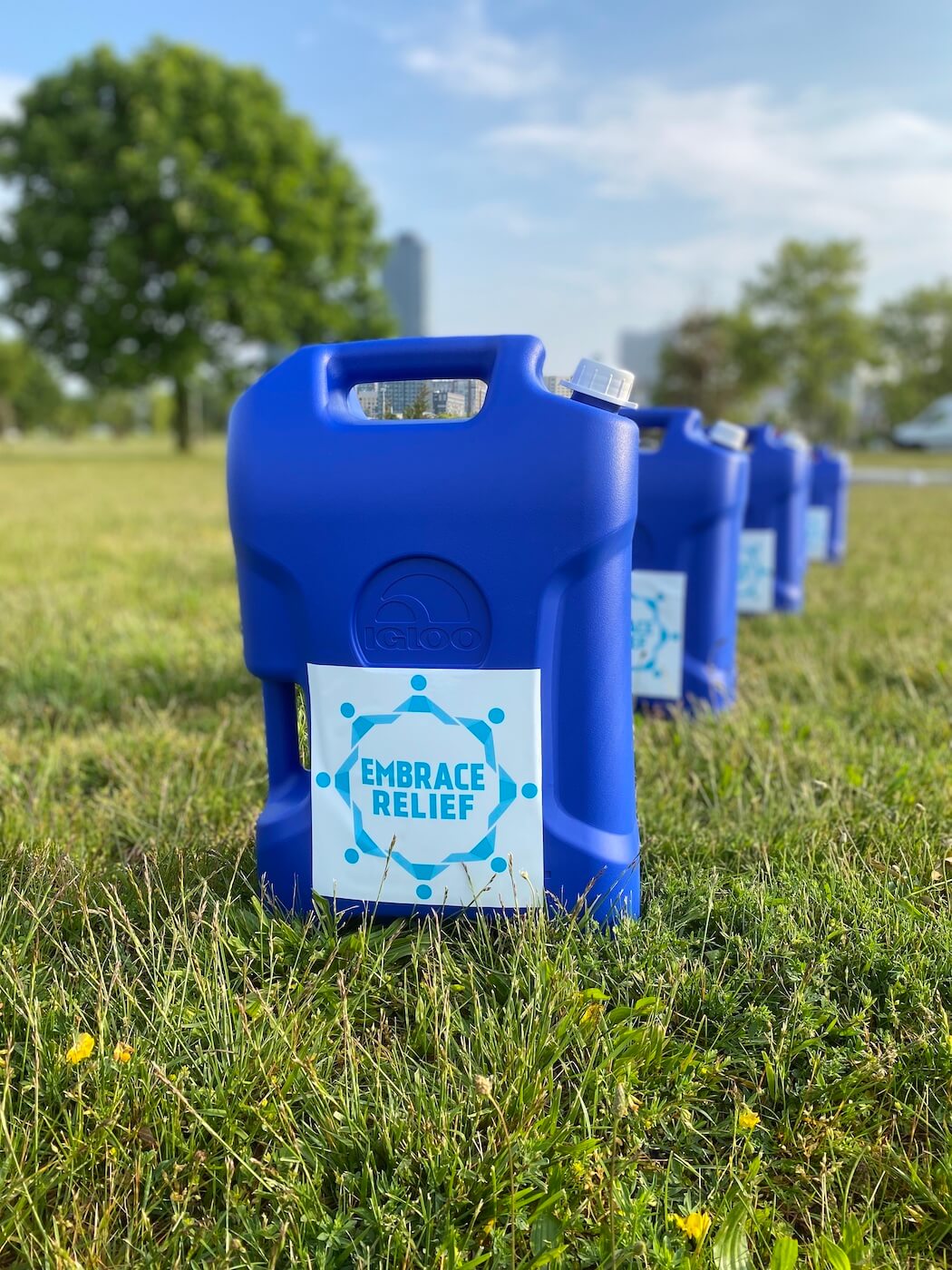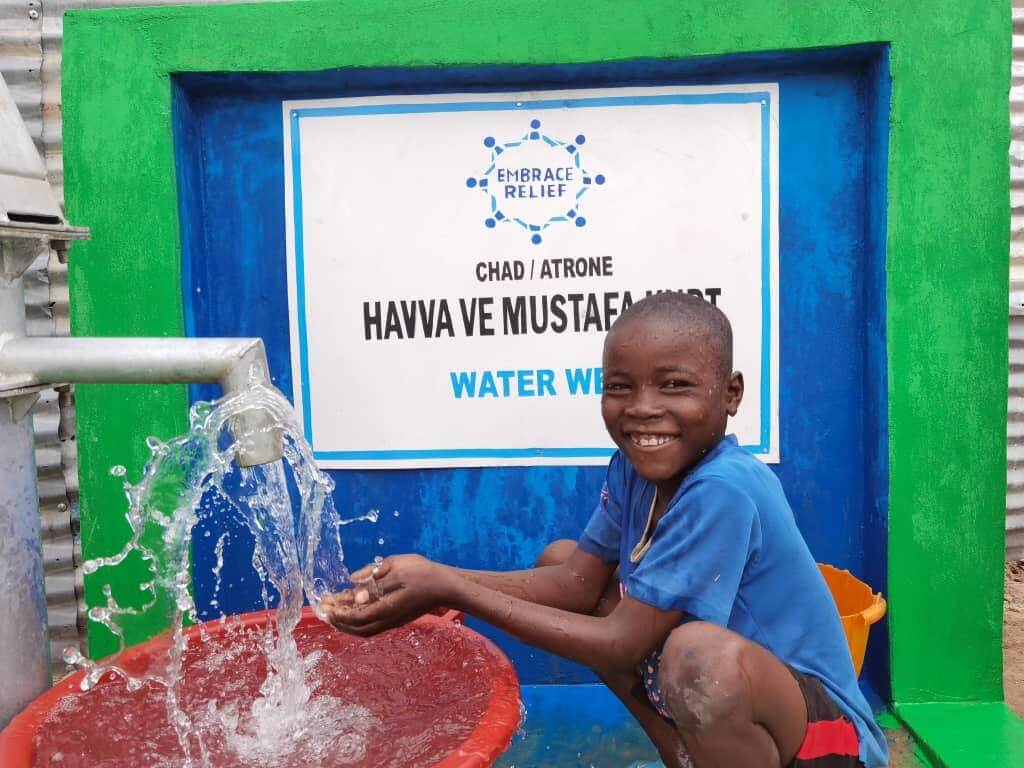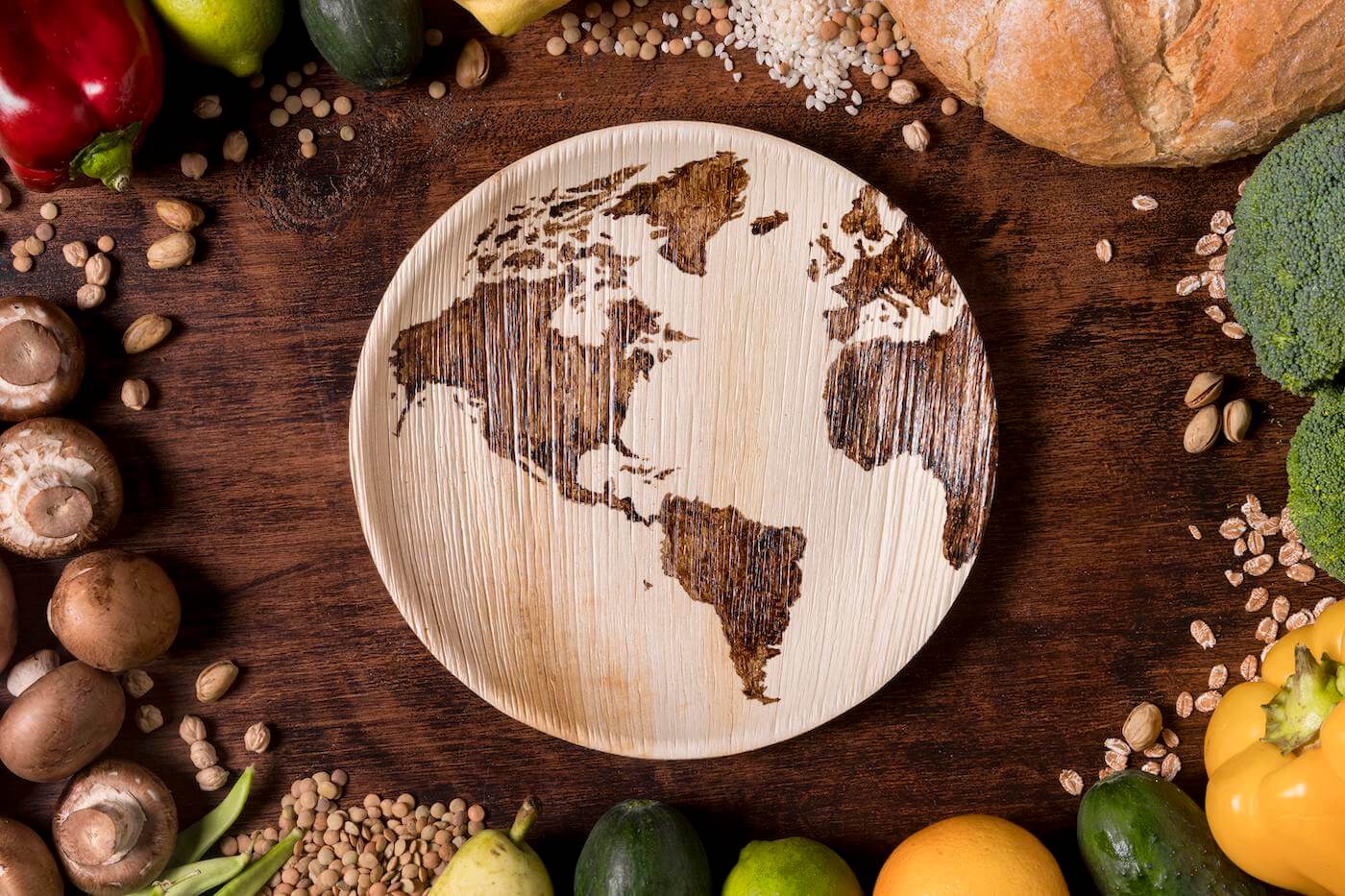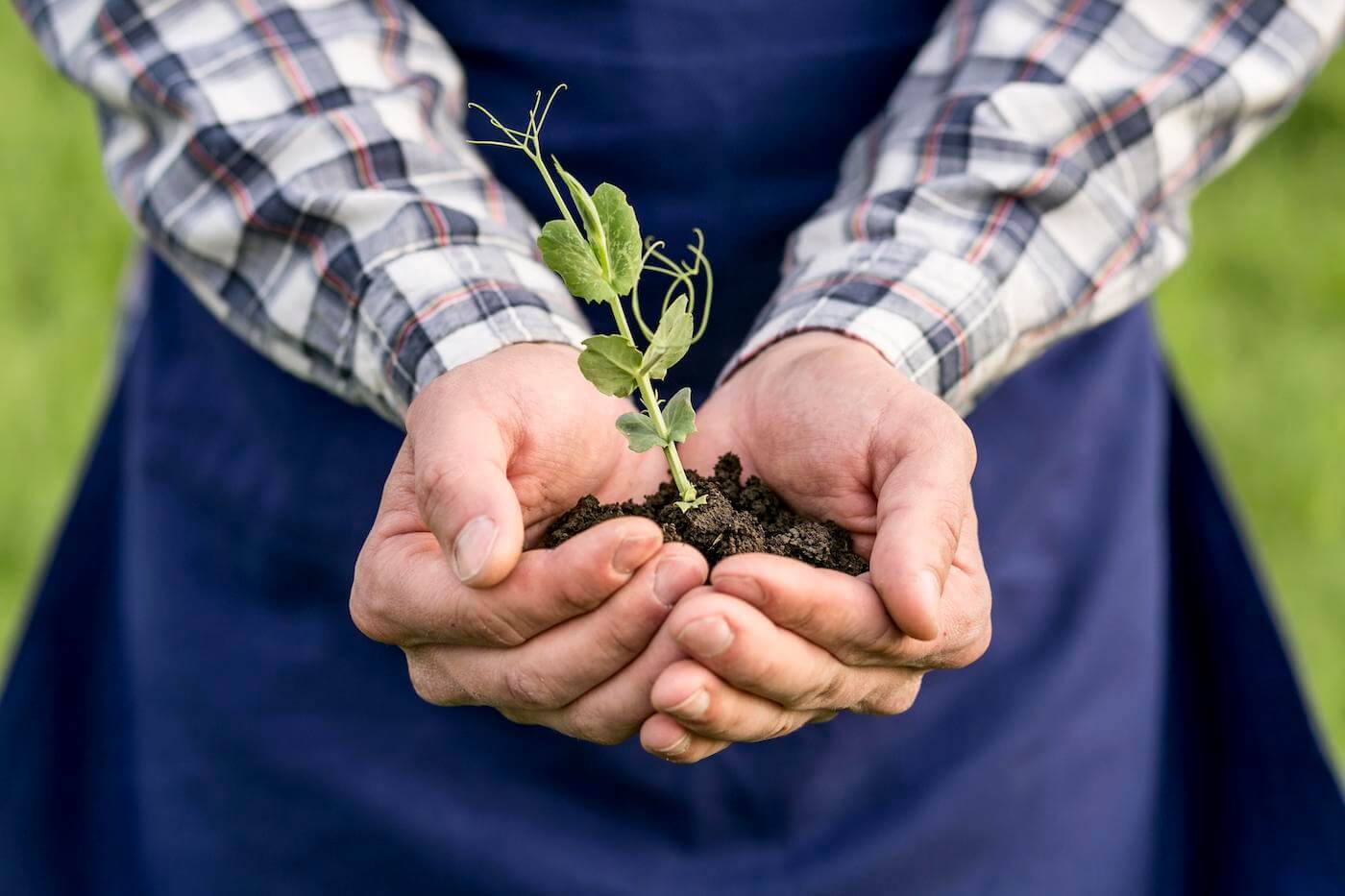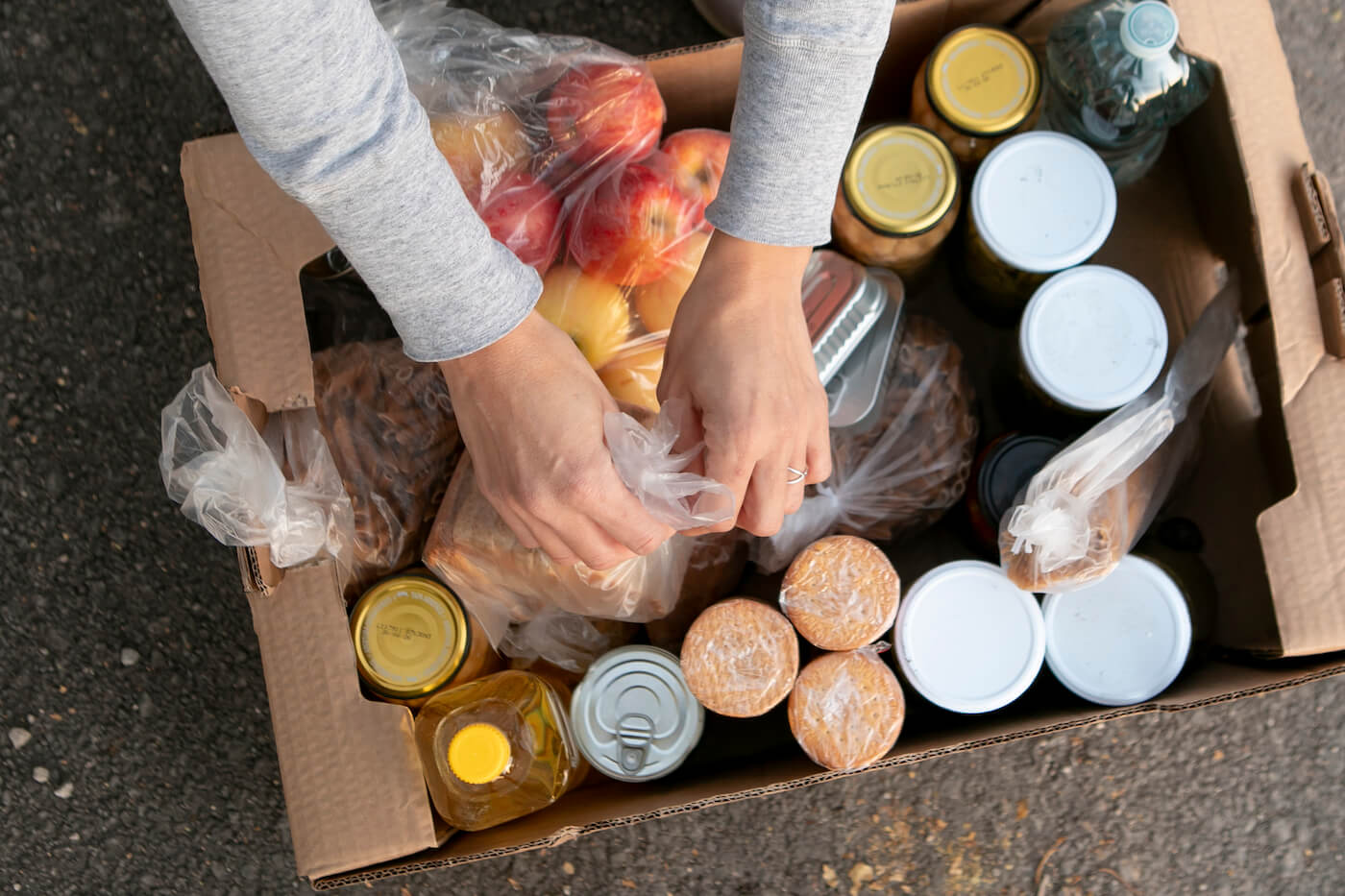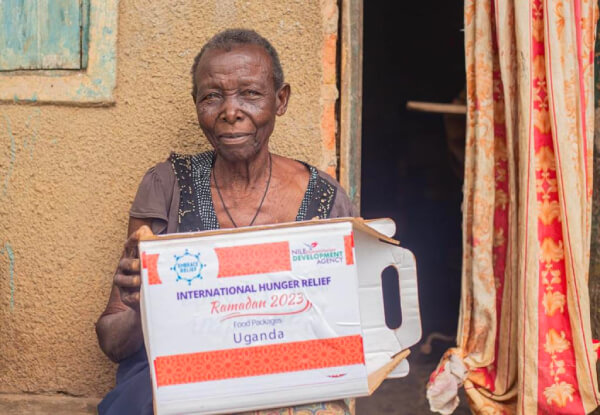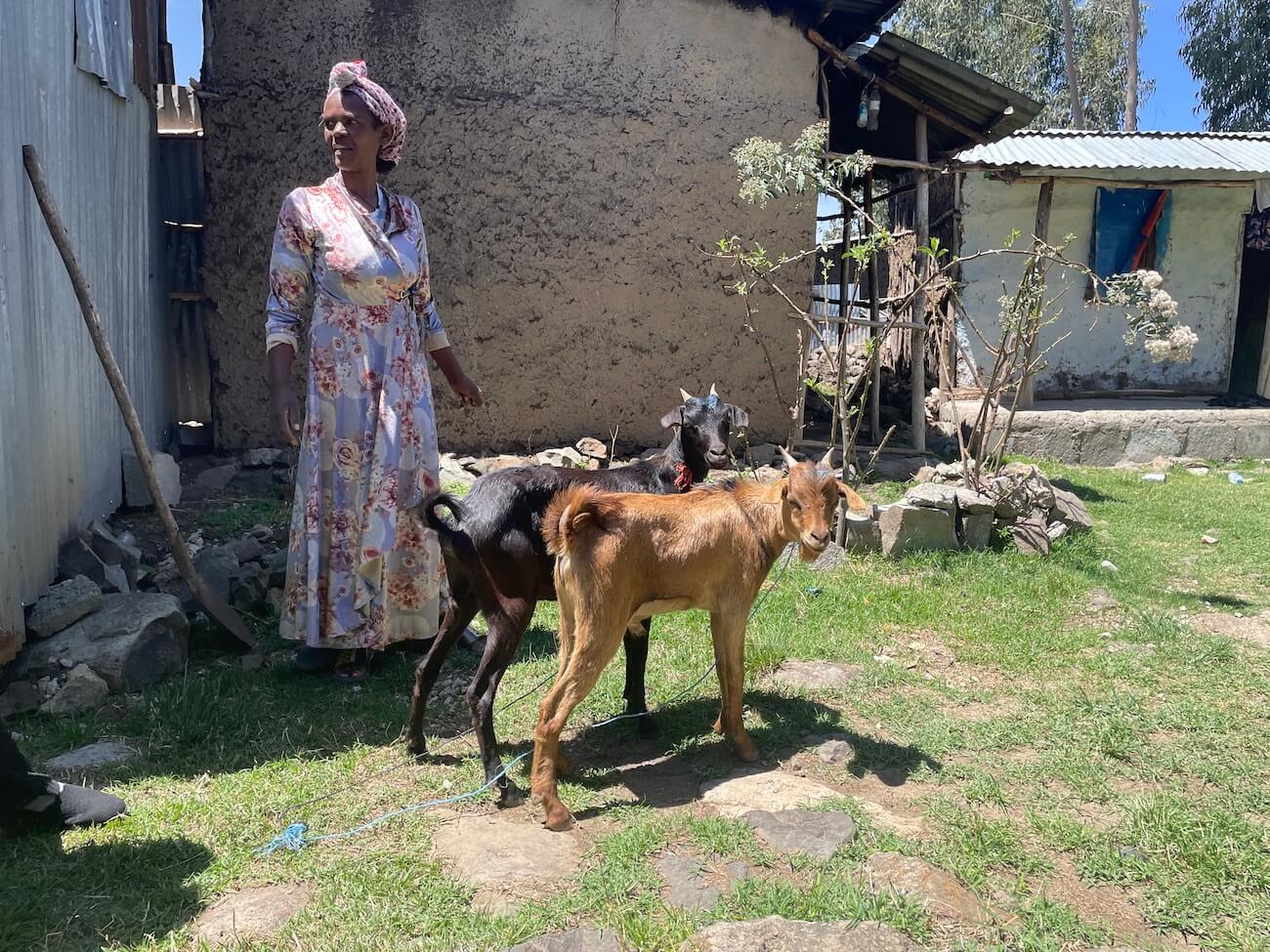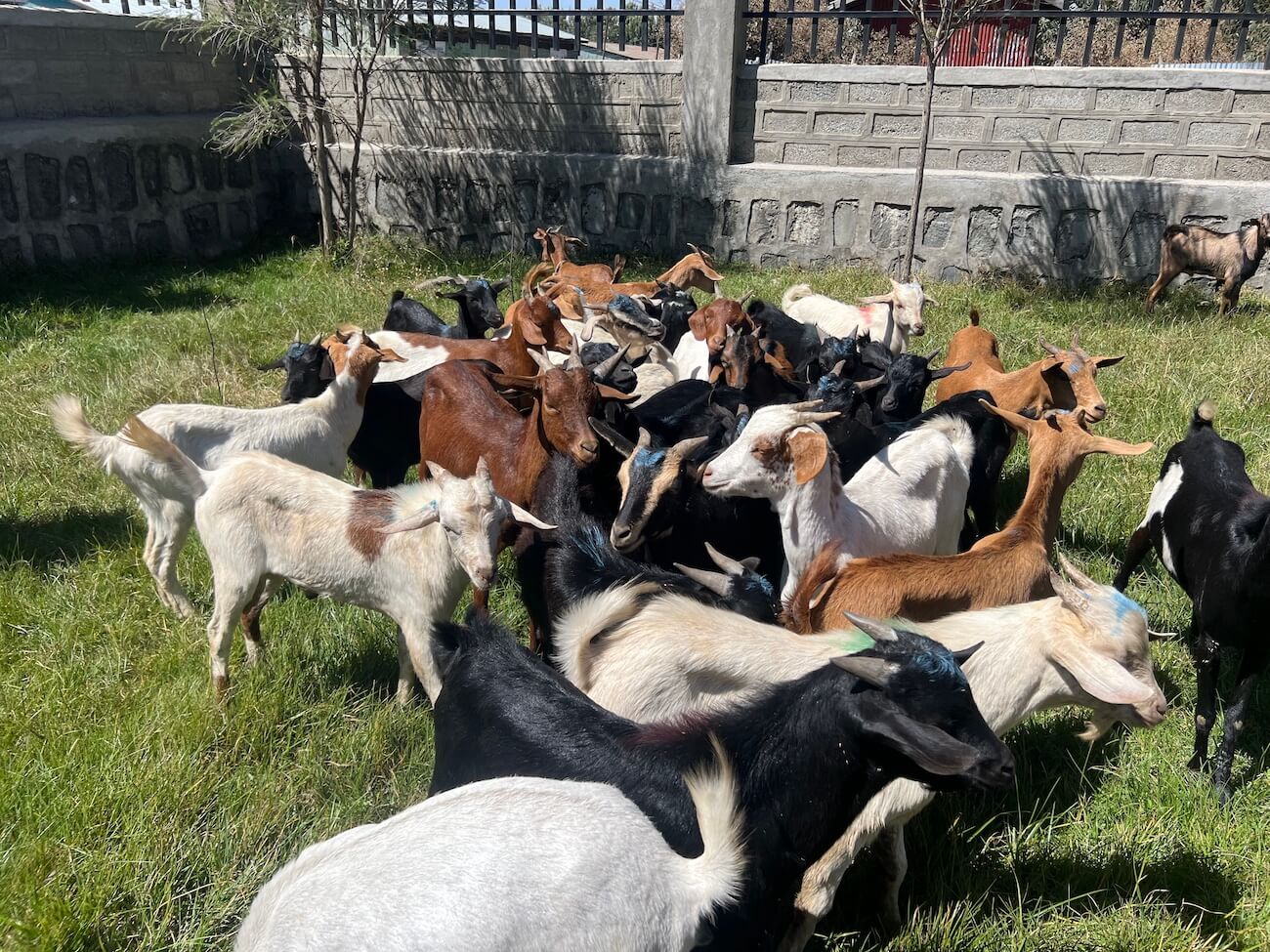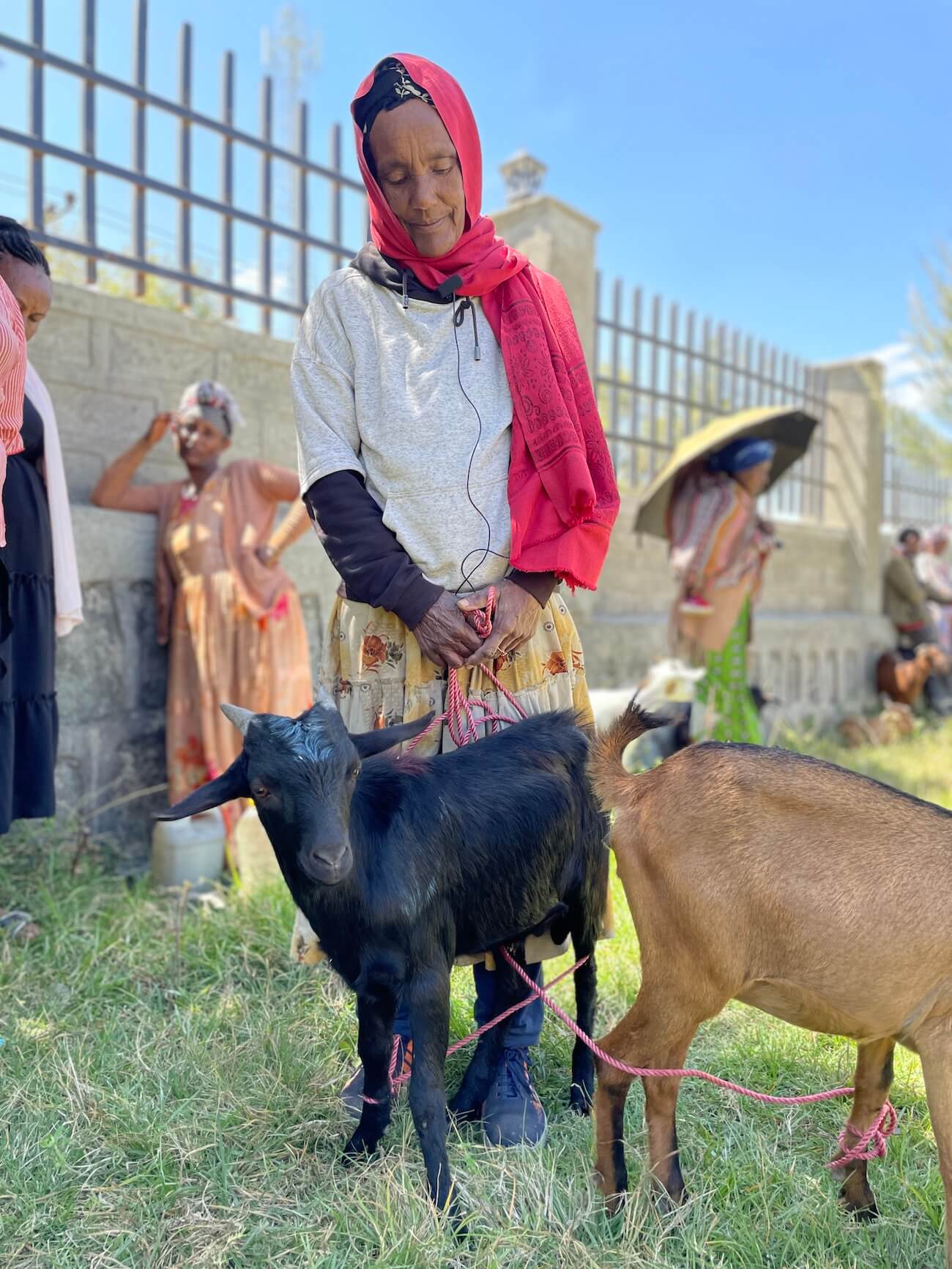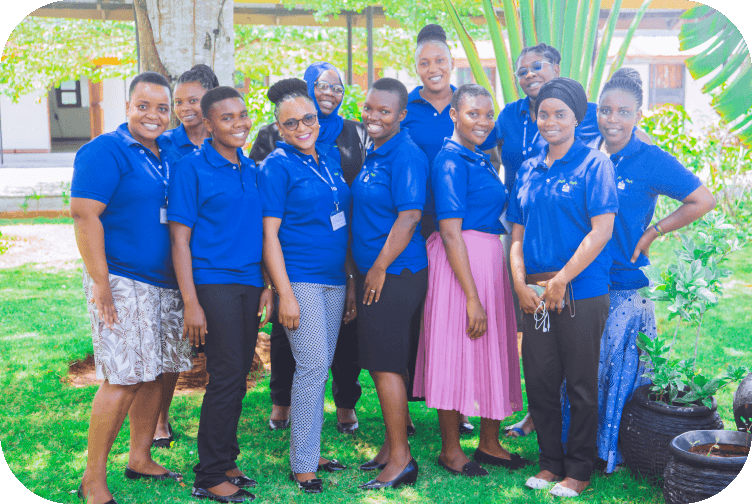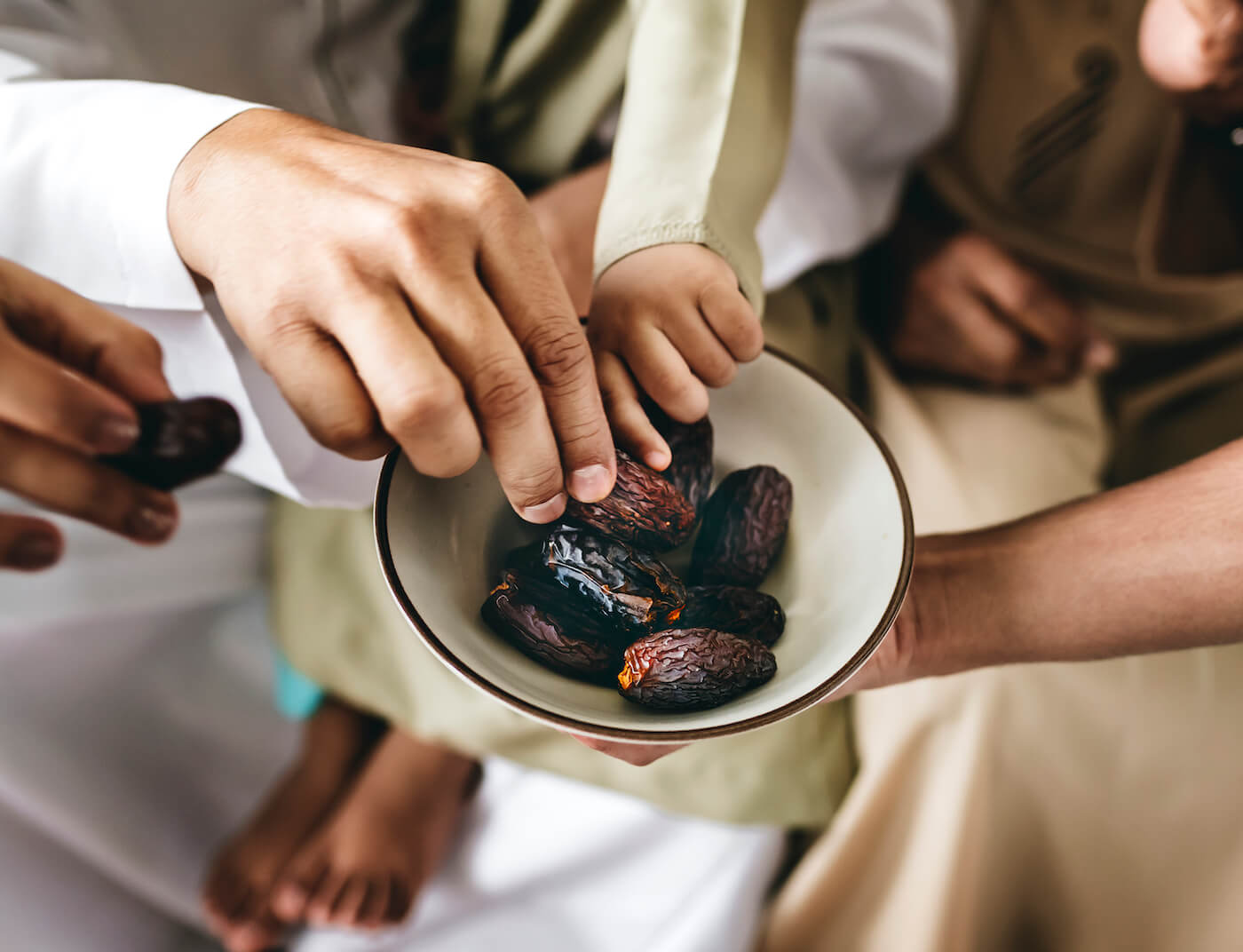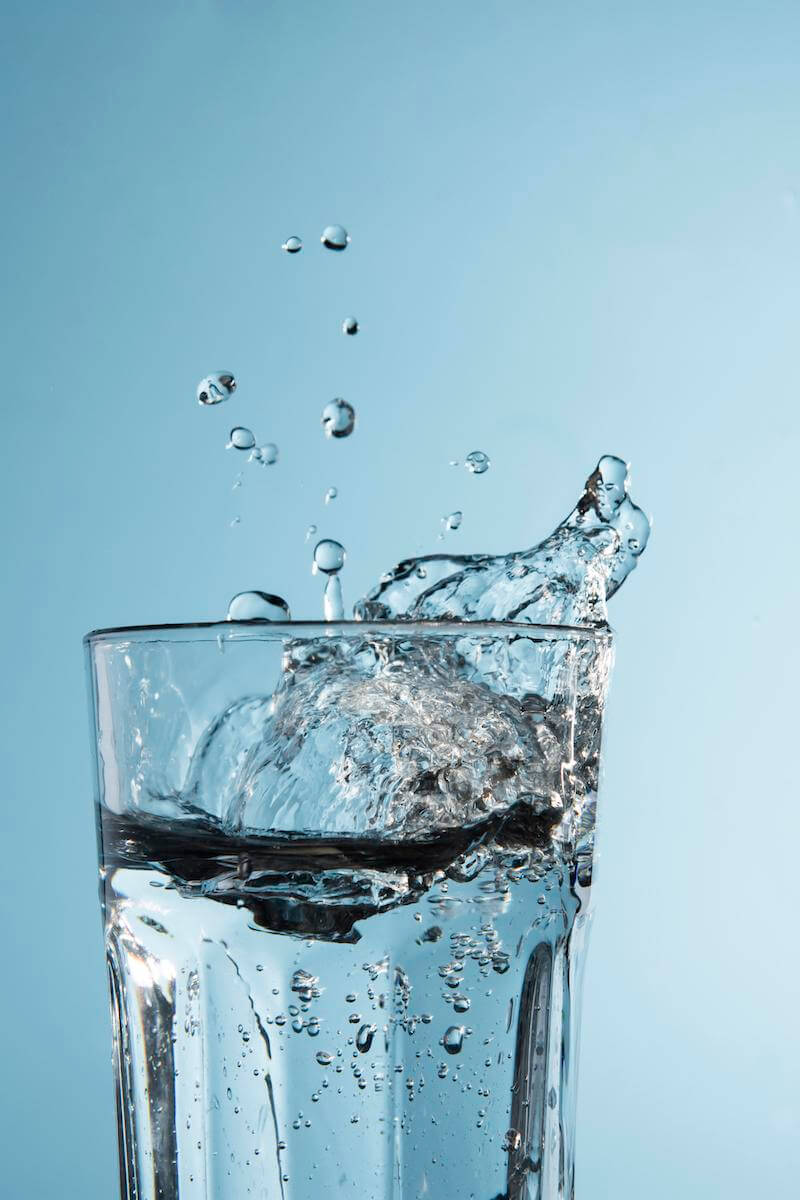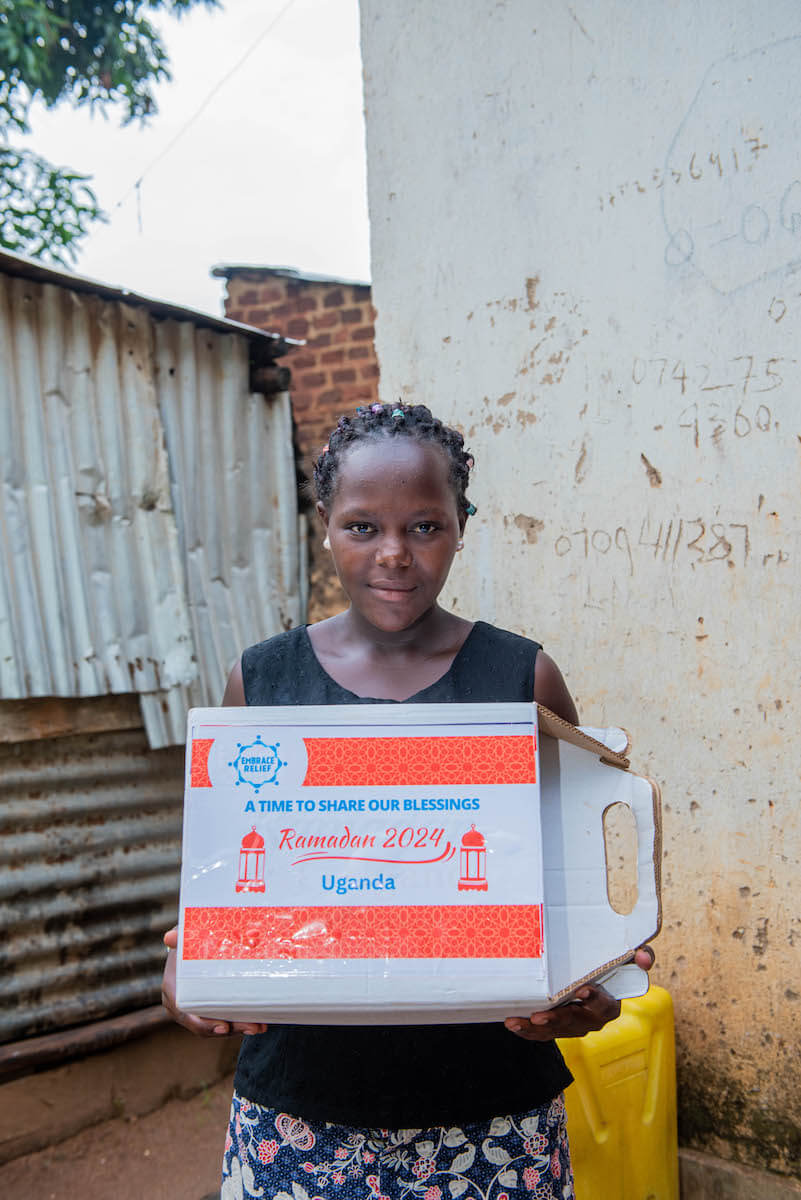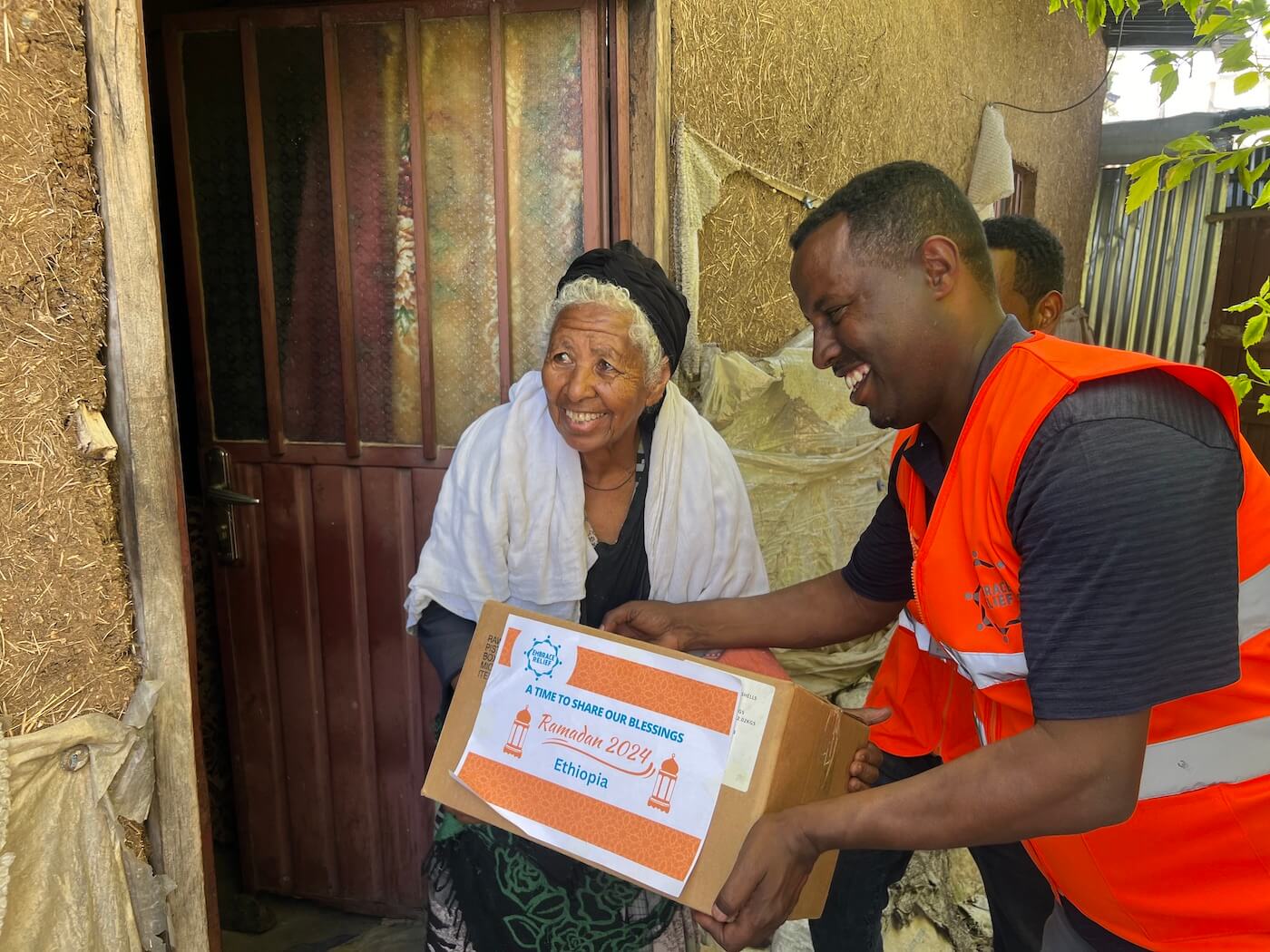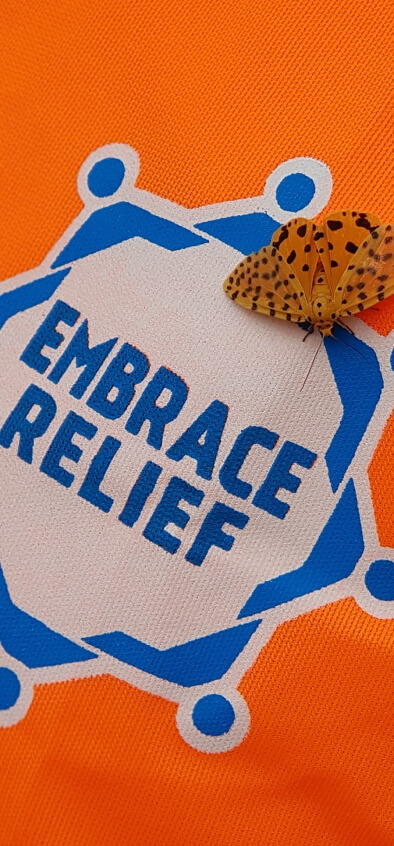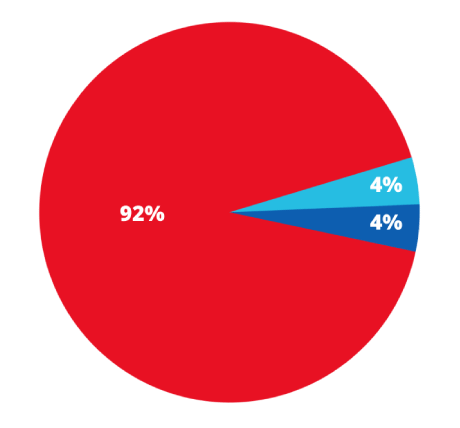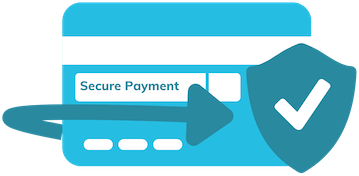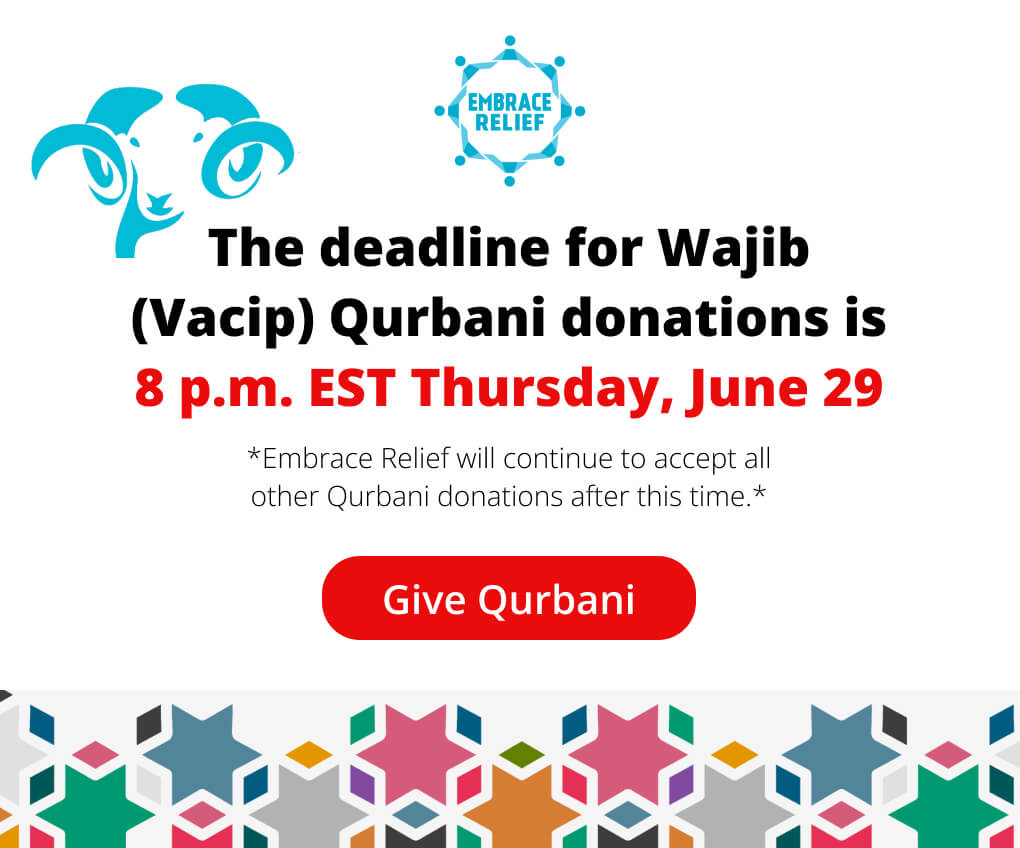Summary
- Qurbani is a time of giving food to those living with hunger.
- Fulfill your Qurbani 2024 obligations by donating to Embrace Relief’s International Hunger Relief campaign.
- One Qurbani donation can feed up to eight families in a marginalized community, providing nutrition and hope for weeks and months to come.

At Embrace Relief, we understand the importance of fulfilling your obligations while making a positive impact on the lives of others. During Qurbani, people all around the world will be generously donating meat to people living with hunger. And thanks to Embrace Relief’s commitment to world hunger relief, we provide an opportunity for you to donate Qurbani in a meaningful and efficient manner. Join hands with us and donate Qurbani today! By doing so, you can ensure that your act of generosity benefits those in need.
Embrace Relief is a dedicated 501(c)(3) nonprofit organization committed to uplifting vulnerable communities and providing them with essential support. Our programs – which include alleviating hunger, providing clean water, aiding victims of natural disasters and refugees, and much more – strive to make a lasting impact on the lives of those in need. Your contribution plays a crucial role in achieving our mission.
Our International Hunger Relief: Qurbani 2024 campaign is designed to provide an outlet to maximize your positive impact. Embrace Relief is linked up with partner organizations spanning the globe, including impoverished areas of Africa and Yemen, where the need is great. A full Qurbani donation will provide enough food for eight families using only humanely slaughtered meat, and for many families in marginalized communities, your donation represents their only chance at obtaining meat all year.
Our Qurbani campaign reached nearly 123,000 people in more than a dozen countries in 2023. With your help, we can continue to provide support and hope for vulnerable people in countries like Tanzania, Kenya, Uganda, Mali, Yemen, and more.
Fulfill your Qurbani 2024 obligations while making a tangible impact on the lives of those less fortunate. Give your Qurbani through Embrace Relief and be part of a global effort to alleviate poverty, promote development, and provide nourishment to those in need. Together, we can make a difference!
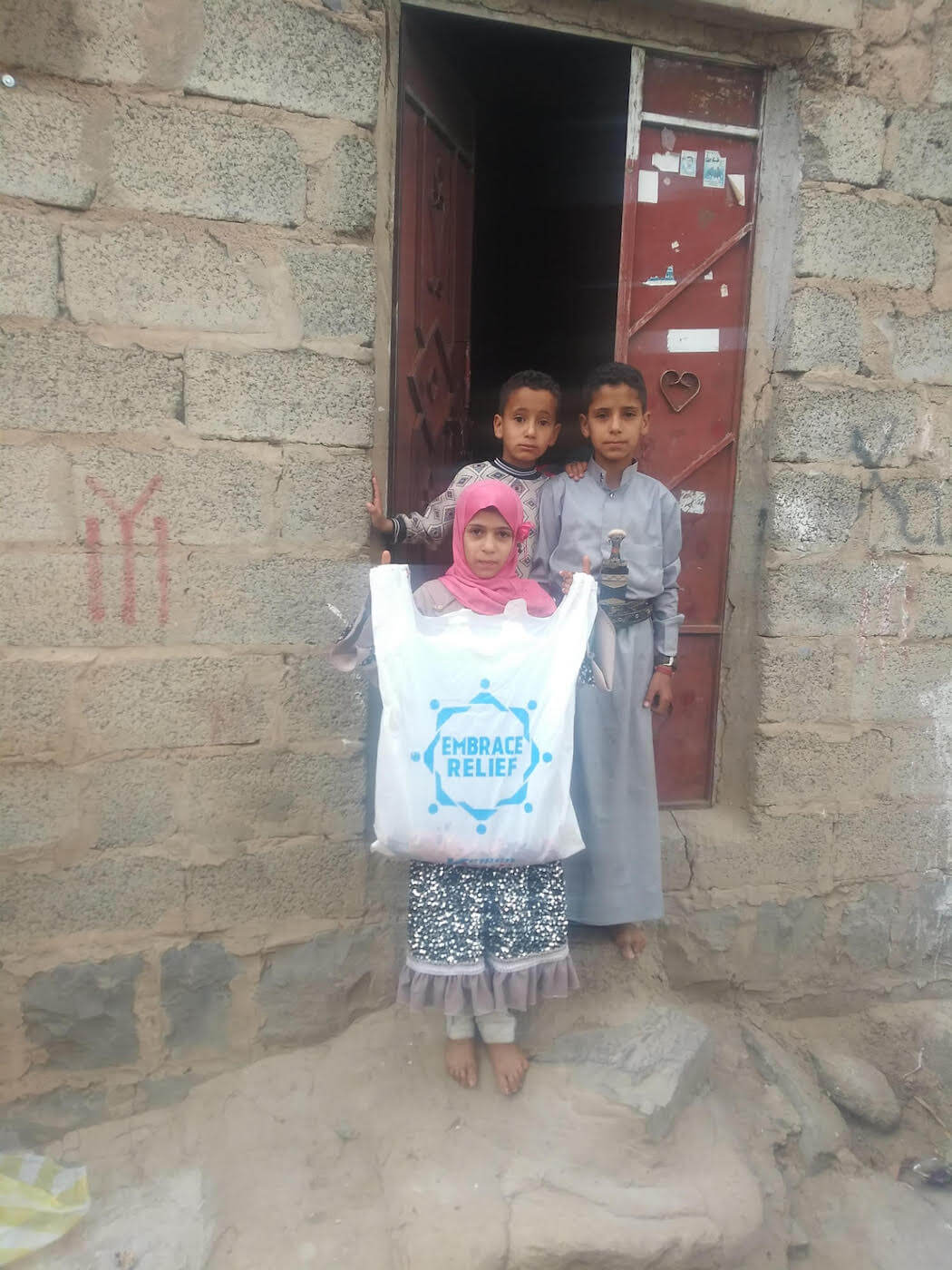
Give Qurbani With Embrace Relief

In 2024, Qurbani will occur on June 16-19. During this time, sheep, goats, and cattle are humanely and hygienically sacrificed in adherence with common dietary restrictions. At this important time of year, join Embrace Relief and provide food for people in need in Africa (including the countries of Tanzania, Kenya, Uganda, Mali, Ethiopia, Burkina Faso, and Democratic Republic of Congo), as well as Yemen, Greece, and the United States, by donating to Embrace Relief’s International Hunger Relief: Qurbani 2024 campaign.










